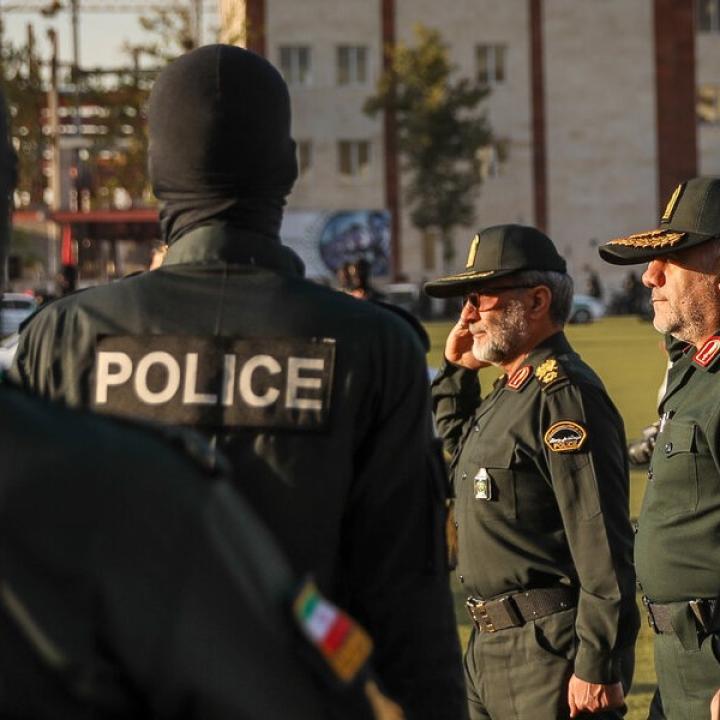In the aftermath of attacks carried out by Israel, Iran is on high alert, carrying out an extensive search for potential threats lurking within its borders. The country sees itself threatened not only externally, but also internally, as hundreds of citizens are now under investigation as suspected infiltrators or spies. This sweeping action has given rise to concerns of an extensive and indiscriminate crackdown on political opponents and minority groups.
In the recent days, Iranian citizens gathered to voice their objections against the United States’ attacks on their homeland’s nuclear sites. This civil unrest was triggered by the series of Israeli attacks which exacerbated tension within the region.
As a fallout from these incursions, the Iranian authorities have called its citizens to be vigilant and report any suspicious activities. This includes people carrying bags, sporting sunglasses at night, or those wearing hats, which are not typically worn in Iran. Citizens are also encouraged to report any unusual sightings like stolen vehicle number plates, pickup trucks with covered rear areas or vans moving at odd hours.
According to the Iranian government, these seemingly innocuous habits could act as significant indicators of internal enemies. In light of the Israeli strikes that shook the country earlier this month, Iran has undertaken a thorough undertaking to root out suspected spies and traitors.
This extensive campaign has led to the arrest of hundreds of individuals. Alongside the concentration on detentions, the Iranian government has accelerated the legal proceedings and enforcement relating to alleged spies. This includes fast-paced trials and expedited executions of those found guilty of espionage activities.
There is also a legislative urgency noted within the country. Laws widening the scope of capital punishment for those found guilty of espionage have been speedily moved beyond the legislative pipeline. This, combined with the massive scale of arrests, have instilled a sense of fear among certain sections of the Iranian populace.
Many fear that this could signal the onset of a broader crackdown on political dissidents. Faced with significant external threats, there are concerns that the Iranian government, known for its highhanded approach with dissent, could use this as a guise for domestic oppression.
An observer describes the situation by drawing a parallel, ‘The Islamic Republic, akin to a cornered animal, is countering every perceived threat within its boundaries’. It appears that the series of attacks has had a profound effect triggering a desperate response from the Iranian regime.
However, the precautions and paranoia demonstrated by the Iranian officials are not baseless. Over the years, Israel has demonstrated its capability to infiltrate Iran for intelligence collection purposes and execution of covert operations.
Israeli officials have an established reputation of executing successful espionage operations within Iran’s borders. This includes instances of intelligence gathering, covert assassinations, and discrete acts of sabotage.
Sources from both Israel and Iran acknowledge that during the recent clashes Israel flaunted its capability to create networks and execute widespread attacks from within Iran’s territories. Thus, this underlying threat of internal espionage is very real for Iran.
In light of a real and present danger, Iran is on a quest to identify and isolate potential threats from within. This expands beyond just seeking out infiltrators but also building a resilient internal framework to combat such threats.
The ongoing situation only serves to highlight the complex landscape of international relations and internal politics within which Iran now finds itself. The recent Israeli attacks, unrelenting pressure from foreign powers, and the specter of internal espionage has put the country in a delicate position.
How the Iranian government handles this delicate situation in the coming months could have profound implications not just for their domestic landscape but for the broader geopolitical dynamics in the region. As citizens and global observers watch anxiously, it becomes clear that significant challenges and changes lie ahead in the intricate tapestry of Middle Eastern politics.

